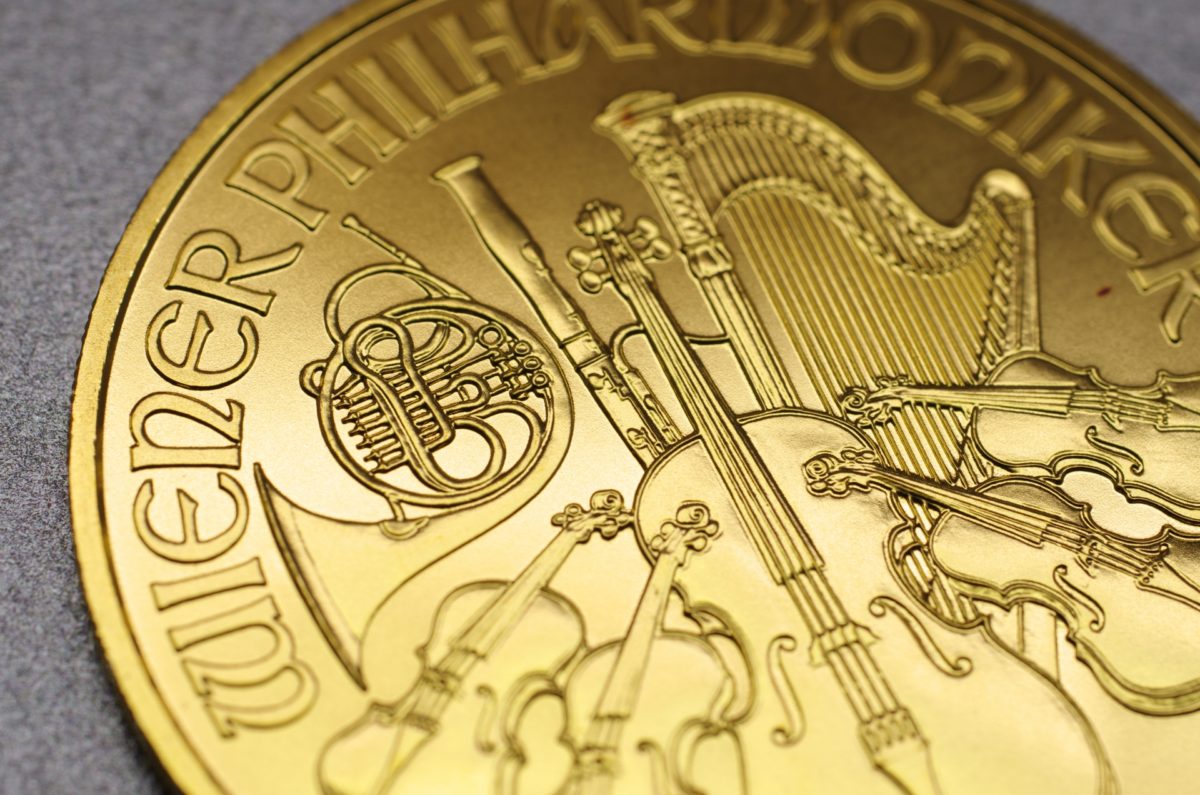Understanding Coin Provenance: From Discovery to Sale
페이지 정보

본문
The story of a coin’s provenance starts the instant it leaves the mint and continues through every hand it passes through until it reaches a collector or museum. The term "provenance" denotes a coin’s verifiable chain of custody and geographic journey, and for coins, it can significantly affect their value, authenticity, and historical importance. Coins recovered from archaeological sites often carry stories of commerce, loss, or survival during turbulent eras. Each of these contexts adds layers to its story.
The journey often starts with discovery. Coins are unearthed by archaeologists during excavations, by metal detectorists in fields, or even by construction workers clearing land. In professional digs, every detail—from stratigraphic layer to adjacent relics—is cataloged with precision. This information helps historians date the coin and understand its role in daily life or economic systems of the time. In contrast, coins found without documentation, such as those picked up by treasure hunters, lose much of their scholarly value even if they are rare or in excellent condition.
After recovery, a coin might pass to a private collector, be acquired by a dealer, or be gifted to an institution. Each transfer should ideally be documented with receipts, photographs, and descriptions. Proper documentation ensures the coin wasn’t stolen from an archaeological zone or smuggled out of a nation with rigid heritage protections. Many countries now require export permits for ancient coins, and reputable dealers will not handle items without proper paperwork.
The transition from private collection to public sale is another critical phase. Auction houses and specialized dealers often provide detailed provenance reports, listing previous owners, exhibition history, and published references. Coins with ties to renowned collectors or historic publications often fetch premium prices. Conversely, a coin with no provenance or suspicious origins may be difficult to sell or even illegal to trade in some jurisdictions.
Modern technology has improved provenance tracking. Digital databases, high resolution imaging, and blockchain ledgers are beginning to help authenticate and trace coins more reliably. Still, the most valuable provenance remains the human record—the letters, invoices, and photographs that connect a coin to its past.
Ultimately, understanding coin provenance is about respecting history. A coin is more than metal and アンティークコイン design; it is a tangible link to people, places, and events long gone. Following a coin’s trajectory preserves its legacy and educates future collectors and scholars. Collectors and dealers alike have a responsibility to preserve this context, not just for profit, but for the sake of cultural heritage.

- 이전글تحلیل آماری برای مربیان موفق: کلید بهبود آموزش و افزایش اثربخشی در دنیای امروز 25.11.08
- 다음글ارتفاع عملکرد کریکت: راهنمایی ساده برای درک و بهبود عملکرد ورزشکاران در ایران 25.11.08
댓글목록
등록된 댓글이 없습니다.